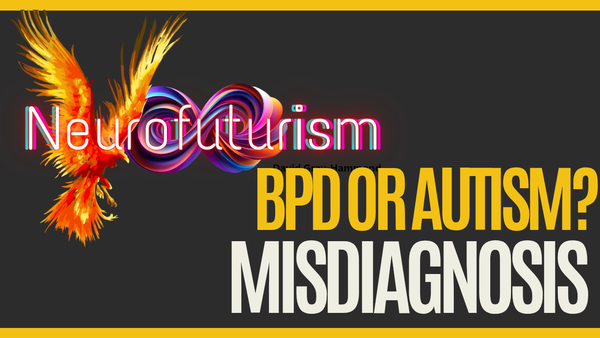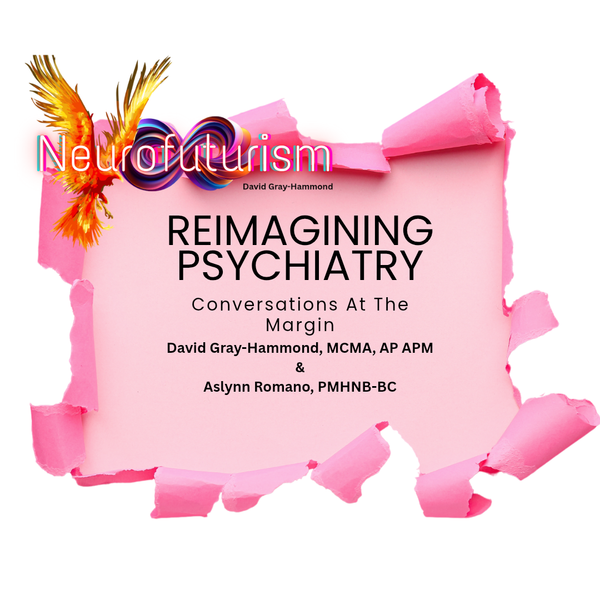CAMHS: 20 children's lives lost since 2019

Child and Adolescent Mental Health Services (CAMHS) have been under immense pressure for many years. Declining funding and resources combined with increased demand has pushed services into the private sector, lowering quality and outcomes. Combined with this is professional incompetency from lack of training, this can be seen in inpatient units.
Every day, more stories come out about the life threatening failings and harm being done to CAMHS inpatients. Whether it be inappropriate use of restraint, verbal abuse, parent carer blame, or failure to safeguard patients on units; children's lives are being lost, we must draw a line in the sand. This is particularly relevant to those working with Autistic children and young people. Autism has become the canary in the coal mine.
How many children have died on CAMHS inpatient mental health units?
Who cares if one more light goes out?
In the sky of a million stars
It flickers, flickers
Who cares when someone's time runs out?
If a moment is all we are
We're quicker, quicker
Who cares if one more light goes out?
Well I do
One More Light, Linkin Park
As I previously mentioned in my writing, the BBC state that between 2019 and 2022, 20 children have lost their lives on inpatient units. Some units were NHS run, while plenty were privately run. 20 might not sound like a large number but, consider that 20 families were forced to hand their children over to the care of others. Those others ended their child's life. I call on you to ask if 20 deaths would be a small number if caused by a single person.
When we entrust our children to CAMHS, we expect them to be a protective factor. We expect them to keep our children safe. 20 deaths in 3 years is not a blip. When Ted Bundy killed 20 people, he was sentenced to capital punishment. When CAMHS do it, we fear speaking out in case our lives are made worse by the system.
Why is this relevant to Autistic children referred to CAMHS?
According to the Royal College of Psychiatrists, 15% of Autistic children have considered suicide compared to 0.5% of non-Autistic children. They are 28 times more likely to consider or attempt suicide. It's unsurprising then that Autistic people of all ages represent 11% of suicides, despite representing only 1% of the general population. Consider also that O'Nions (2023) estimates almost 1.2 million undiagnosed Autistic people in England compared to just under 450,000 diagnosed.
Cassidy et al (2022) found evidence of undiagnosed autism in 10.8% of suicide deaths in stage one of their study, increasing to a mind-blowing 41.4% in stage two of the study. It is clear that current official figures around Autistic suicides are conservative at best. It is deeply concerning then that inpatient units, that are supposed to protect people from harm, are becoming a space in which we have to fear the loss of our loved ones.
What needs to change in inpatient units?
There are a number of things that need to change for CAMHS inpatient units in order to make them safe and effective. Some of the most prominent ones in my opinion are:
- Increased funding to commission training by Autistic services users and Autistic community members- Current training does have some involvement from Autistic community members, but when it comes to situations such as these, lived experience should be at the forefront of training, with adequate input from neurodiversity-affirming research.
- CAMHS need to operate a service user involvement model that acts on the information of current and former service users- It's not good enough to have service users tell you their experience. Input needs to be integrated into the design and implementation of treatment regimes and policies.
- Harmful practices such as Positive Behaviour Support (PBS) need to be brought to an end- Behaviourism (in particular, Applied Behaviour Analysis) has been linked to increased rates of PTSD, which is a significant risk factor for death by suicide (Kupferstein, 2018).
- Use of restraint needs to be significantly reduced- A number of charities and regulatory bodies have highlighted the overuse of restrictive practice in CAMHS inpatient units. This presents a risk for PTSD, physical injury, and even death.
- Community services need adequate resources to prevent inpatient admissions in the first place- Large numbers of community CAMHS will not work with Autistic children, resulting in them reaching crisis point and needing inpatient treatment.
These changes rely not only on adequate funding and resourcing. They require a cultural shift with services. Current systems rely on pathologisation and diagnostic overshadowing in order to deny Autistic children and young people access to adequate support. Parents are often met with accusatory attitudes and systemic discrimination. So while appropriate resources is part of the problem, it is clear that it is not the entire story.


